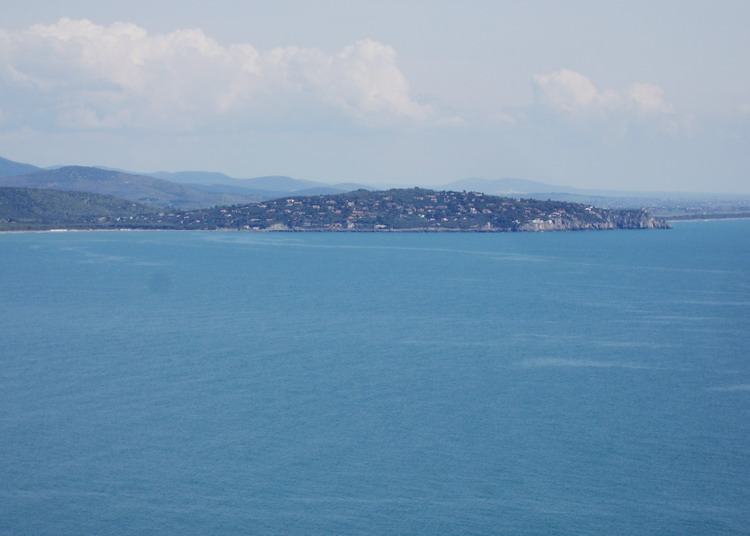Ansedonia is a fraction of the Italian municipality of Orbetello, in the province of Grosseto.
Renowned tourist resort on the Tyrrhenian coast, Ansedonia is located on the promontory of the same name on the south-eastern edge of the municipal area of Orbetello, near the ruins of the ancient Roman city of Cosa.
In Ansedonia you can find:
•Tagliata Etrusca, a remarkable engineering work dating back to the Etruscan-Roman period. It is a channel cut into the rock along the southeast coast of the promontory, designed to avoid silting up of the ancient port by creating a system of counter-currents coming from the sea and from the effluent channel of the nearby Burano lake.
•Spacco della Regina, a large crack in the promontory above which develops along some artificially dug tunnels.
•What: founded in 273 BC. by the Romans as a colony, it was totally abandoned in the 14th century. The remains of the cyclopean walls, the Roman forum and the temple of Jupiter are preserved. Not far away is the Settefinestre villa, dating back to the 1st century BC, although modified in the 15th century.
Walls of Cosa: built during the 3rd century BC, they originally extended for almost a kilometer and a half and were strengthened by eighteen towers. After the fall of the Roman Empire and the progressive abandonment of Cosa, the walls underwent considerable deterioration, until they were restored by the Aldobrandeschi counts in the 11th century, only to then be abandoned again. The walls were brought back to their former glory by a long restoration completed at the end of the 20th century.
•Torre della Tagliata, was built on the site of a medieval tower during the 16th century. The building underwent some restoration work in the following centuries and, once its defensive functions were completed, it was transformed into a house. It was the stay of the famous composer Giacomo Puccini, who wrote many of his works here, including Turandot.
•Tower of San Biagio, located near the so-called Spacco della Regina, was built in the Middle Ages as a watchtower and then upgraded by the Spaniards in the 16th century. It currently presents itself as an imposing well-preserved ruin.
•Tower of San Pancrazio, built in the second half of the 16th century by the Spaniards to strengthen thecoastal defense system of the State of Presidi, it performed watching functions, of defense and offense until the beginning of the 19th century. Today the tower is incorporated within a private complex.



